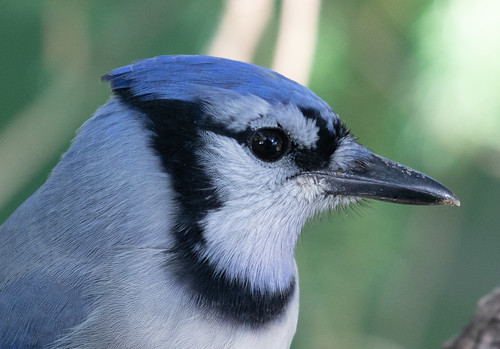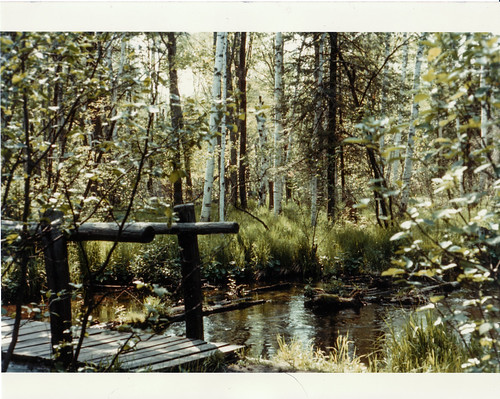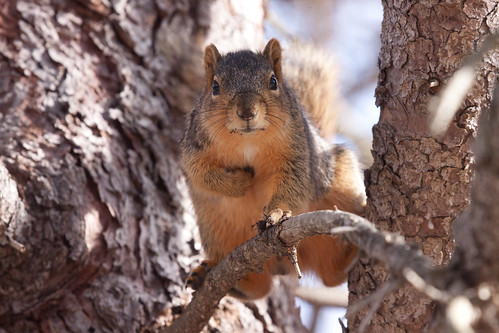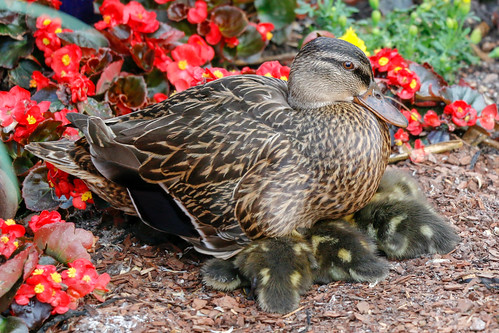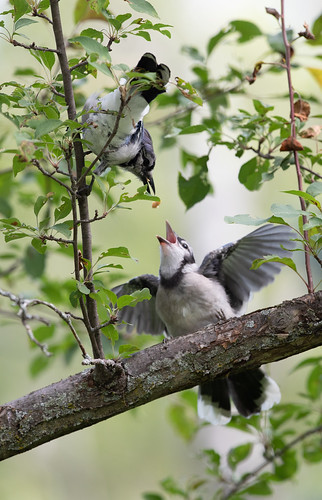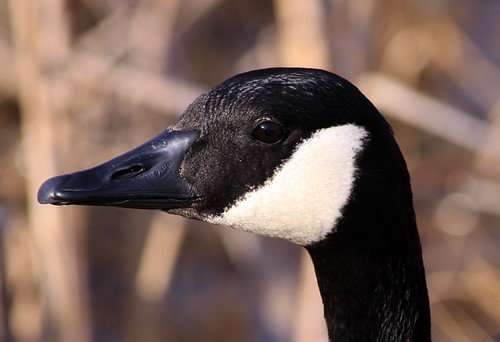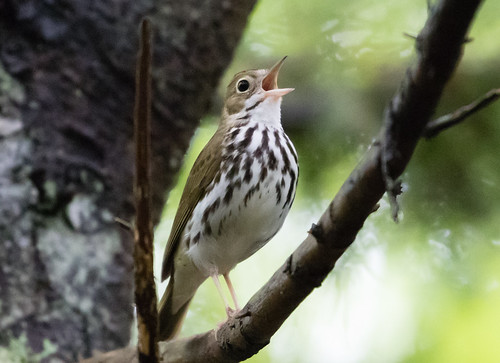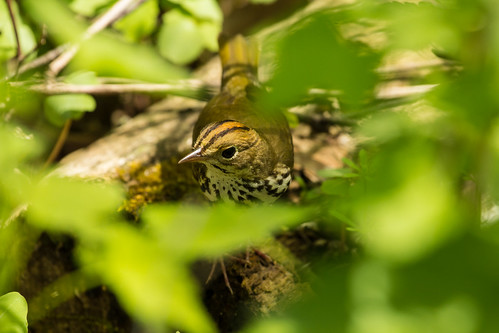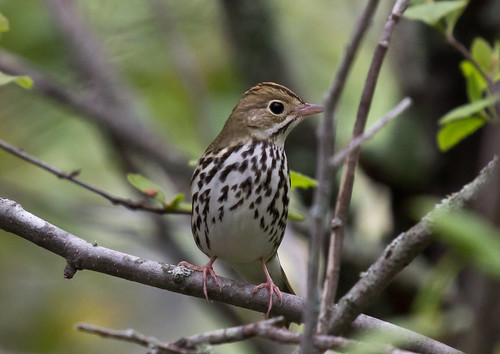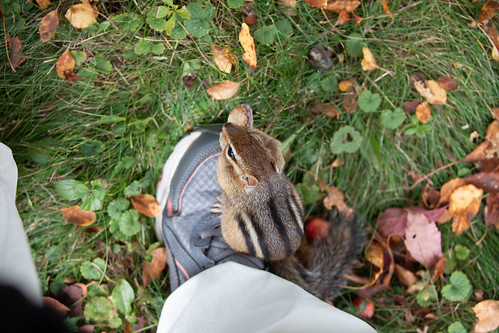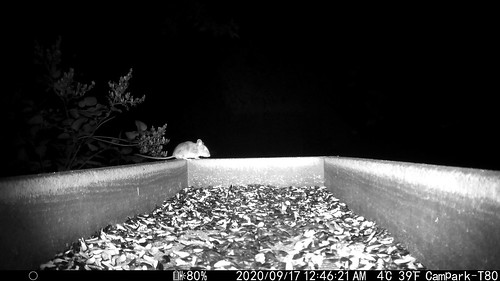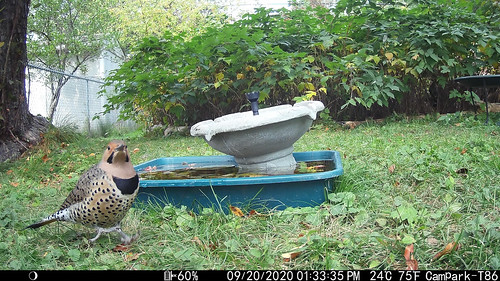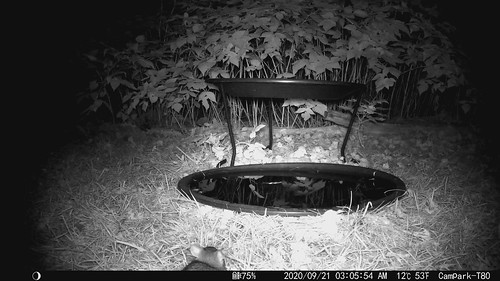 |
| My collection of "Birds in Art" catalogs goes back to 1989. |
One of my favorite annual traditions is driving to the Leigh Yawkey Woodson Art Museum in Wausau, Wisconsin, for a day every fall to visit to see their wonderful “Birds in Art” exhibit. I first went to a few of these with a friend from Madison Audubon back in the late 70s, when Russ was working on his Ph.D. and I was teaching part time in a Catholic school, when buying the catalogs was more than we could afford. And then I had to miss almost all the exhibits in the 1980s when my kids were little—somehow I couldn’t imagine them wanting to spend 8 hours in the car round trip to spend an hour or two walking through a museum, trying to be quiet just so Mommy could see pictures of birds when I could see real birds every day. But starting in the 90s, often in conjunction with an Elderhostel on nature writing I was conducting in Tomahawk, we’d make a trip there, and after that I was hooked. Now I have every one of the Birds in Art catalogs beginning with the 1989 issue. The catalogs are so much better when I’ve seen the actual works, but the reproductions are excellent, and I enjoy pulling them out now and then, even the ones from years I missed. Because I go so often and look carefully at every catalog, I love recognizing my favorite artists from previous years. Last year, there were on display work from two different artists who’d made the cut at every single one of the exhibits. Iowa artist Maynard Reece, who has won the federal Duck Stamp competition a record of five different times between 1948 and 1971, exhibited a gorgeous painting of a pair of Red-breasted Mergansers titled “Into the Sunset.”
It was lovely, and more impressive when I realized it had been painted that year—a rule of the competition for this juried exhibit is that the artwork submitted must have been produced that year. Reece wrote in the artist’s comments, “At ninety-nine years old, I believe painting has kept me alive as I, too, head into the sunset.” When I opened this year’s catalog, I immediately rushed to the Rs, but for the first time, there was no Maynard Reece painting. Museum director Kathy Kelsey Foley’s introduction to the catalog explained why. She wrote, “Maynard Reece reached his 100th birthday in late April; he died of natural causes in July.” What a sad loss, but what a wonderful life he had. (Here's his obituary.)
Guy Coheleach was the other artist whose work has been exhibited in every Birds in Art exhibition. He’s been one of my favorite artists since I fell in love with his adorable 1970 painting of chickadee fledglings.
His work is usually among my favorites in the exhibit. This year he painted an Osprey flying past the majestic Yellowstone’s Lower Falls, capturing both the magnificent power of the falls and how the spray gives birds flying nearby an almost impressionistic ethereal quality.
One of my favorite pieces this year is by an actual friend of mine—Kenn Kaufman—who painted a Snowy Egret skipping along the water’s surface.
Kenn wrote in the artist’s comments that he’d based the painting on an experience he’d had watching an egret foraging on the California coast, “almost running across the surface, giving the momentary illusion that it could walk on water. Every time it ran, it left behind a line of circular ripples, like skipping a flat stone.” Snowy Egrets are the subject of a lot of art, showing off an artist’s mastery of shading to make pure white birds appear alive and 3-dimensional, but this one captured their movement in a unique way.
This year, the Woodson Art Museum named Timothy David Mayhew of New Mexico their Master Wildlife Artist. His work has been among the selections almost every year since 2010, and I’ve come to recognize his soft, shadowy, almost impressionistic style. When I see Little Blue Herons actively hunting in Florida, usually when the sun is high, they seem so sharply defined and active—the piece he contributed this year, reproduced on the cover of the catalog, captured his subject’s focus and concentration, which will give me something to focus and concentrate on next time I see this splendid bird.
There is usually at least one Blue Jay depicted in the exhibit, and this being National Blue Jay Awareness Month, I was prepared to write in detail about it, but tragically, no work selected for this year’s Birds in Art exhibit had a Blue Jay. I guess I’ll just have to look for Nature’s Perfect Bird in my own backyard this year.
Right now, there is a baby hospitalized with COVID-19 in my county, so what with my baby grandson living with us, and what with Russ and I being high risk because of age and my two heart attacks, I’m not going to be able to attend this year’s exhibit. The museum is following strict guidelines for protecting their visitors. The Birds in Art exhibition will remain on display through November 29, and is definitely worth visiting. If you cannot go in person, the catalog, available through the museum website, is truly the next best thing. Stay safe and well.




